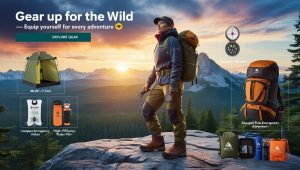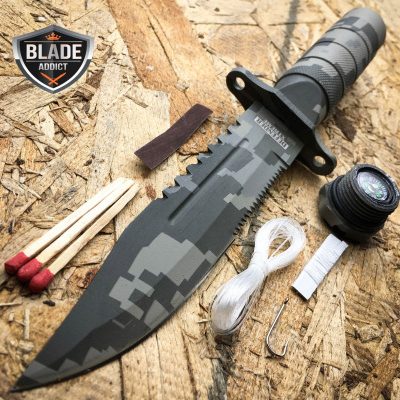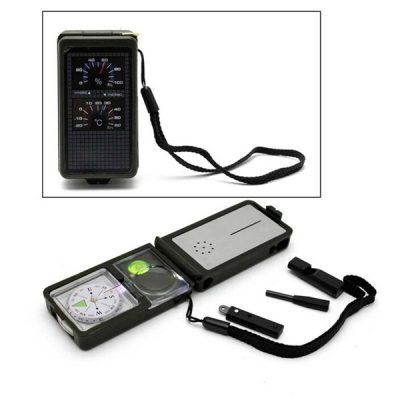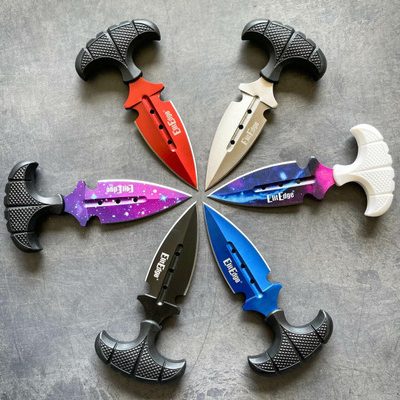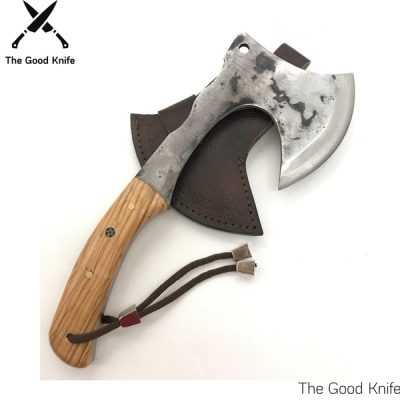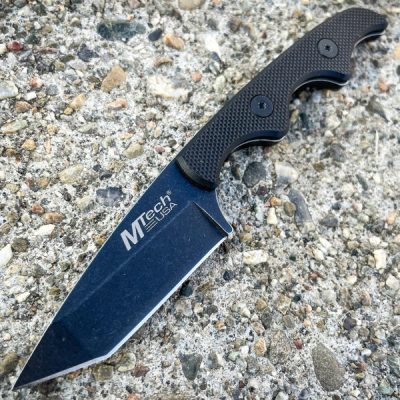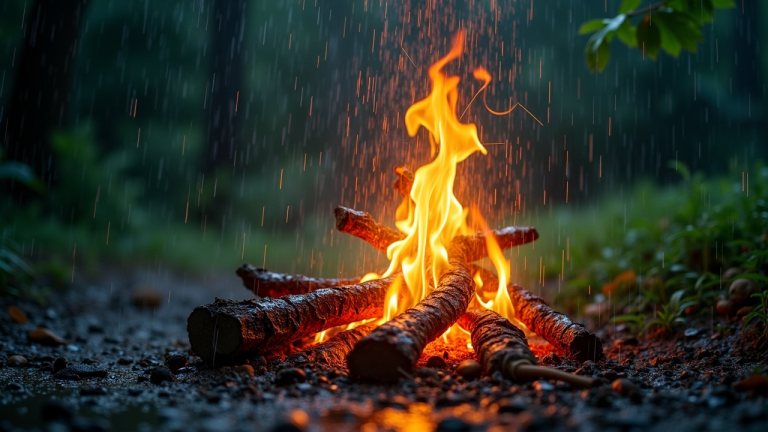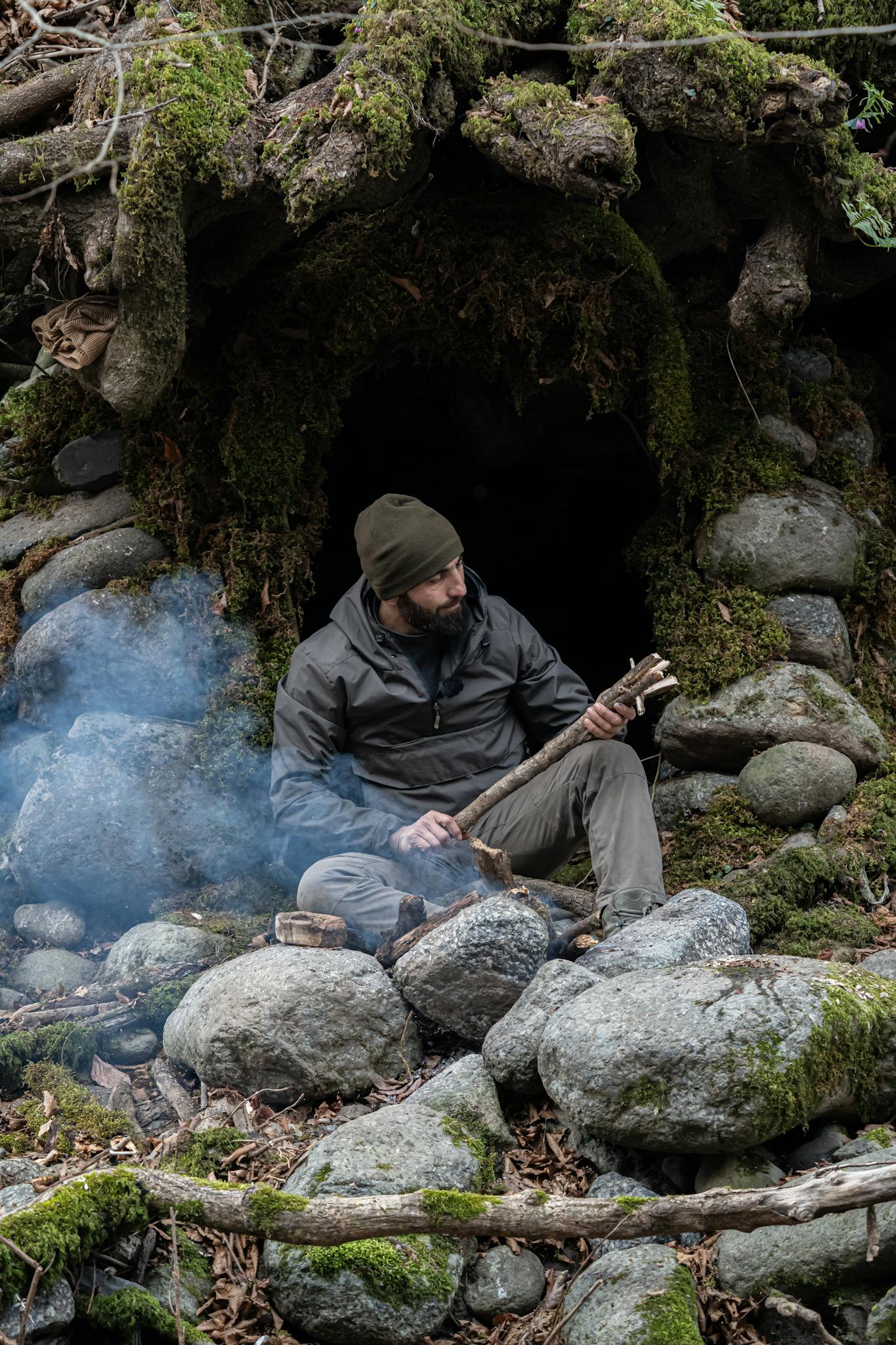Essential Survival Gear & Tools

Essential Survival Gear & Tools: What You Need to Stay Safe in the Wild
Survival situations can arise when you least expect them. From getting lost on a remote hiking trail to experiencing a natural disaster, the right gear and tools can significantly increase your chances of staying safe and making it out unscathed. Whether you’re a seasoned adventurer or a casual outdoor enthusiast, understanding what to include in your survival kit is crucial. Here’s a comprehensive guide to the essential survival gear and tools that should be part of any preparedness strategy.
# 1. Navigation Tools
In any survival situation, knowing your location and how to get to safety is paramount. Essential navigation tools include:
– Compass and Map: While GPS devices are handy, they can fail or run out of power. A traditional compass and physical map are reliable, low-tech options that work without batteries.
– GPS Device: A GPS can help you find your way more easily than a map and compass, especially if pre-loaded with topographic maps.
– Personal Locator Beacon (PLB): In emergencies, a PLB sends your coordinates to search and rescue services, facilitating a faster rescue.
# 2. Water Purification Supplies
Water is life. In many survival scenarios, finding a clean water source is critical:
– Water Filters/Purifiers: A portable water filter can remove bacteria and protozoa from natural water sources. For viruses, you’ll need a purifier.
– Chemical Tablets: Iodine or chlorine dioxide tablets are effective for disinfecting water and are lightweight options for your kit.
# 3. Shelter and Warmth
Exposure to harsh conditions can be life-threatening. Items to provide shelter and maintain body heat include:
– Emergency Bivy or Sleeping Bag: Compact and made from heat-reflective materials, these can help prevent hypothermia.
– Tarp: With some rope or paracord, a tarp can be turned into a makeshift shelter against rain or sun.
– Fire Starting Tools: Waterproof matches, lighters, and ferro rods can help you start a fire for warmth, cooking, and signaling rescuers.
# 4. Food and Cooking Supplies
While you can survive several weeks without food, having energy boosts morale and strength. Include in your kit:
– High-Calorie Food Bars: Choose compact, high-calorie options that require no preparation.
– Portable Stove and Fuel: A small stove can be vital for cooking and sterilizing water.
– Utensils: Basic utensils like a spoon, fork, and knife (or a spork) are useful for eating and preparing food.
# 5. First Aid Kit
Injuries need immediate attention in survival situations to prevent complications:
– Comprehensive First Aid Kit: Should include bandages, gauze, adhesive tape, antibiotic ointment, pain relievers, allergy medications, and specific personal medications.
– Instruction Booklet: Knowledge of basic first aid procedures can make a difference; include a compact guide.
# 6. Communication Devices
When stranded, reaching out for help is essential:
– Whistle: A whistle is much louder than the human voice and uses less energy.
– Two-Way Radios: If traveling in a group or with someone nearby who also has a radio, this can facilitate better coordination.
– Mobile Phone with Emergency Charger: Keep a solar charger or battery pack to keep your mobile phone operational.
# 7. Multi-tools and Repair Kits
A good multi-tool can serve many purposes:
– Multi-tool with Pliers, Knife, Screwdriver: Can be used for repairs, food preparation, first aid applications, etc.
– Duct Tape: Useful for quick fixes from mending torn clothing to improvising bandages.
# 8. Clothing and Personal Items
Finally, appropriate clothing is vital for protection against the elements:
– Layered Clothing: Wear layers that can be added or removed based on weather conditions.
– Sun Protection Gear: Include sunglasses, sunscreen, and a wide-brimmed hat.
– Insect Repellent and Personal Hygiene Items: These enhance comfort and prevent diseases.
Conclusion
Assembling your survival gear with careful consideration not only prepares you for unexpected emergencies but also provides peace of mind when venturing into the great outdoors. Each item in your survival kit should serve essential functions without adding unnecessary weight. Remember that the best survival tool is knowledge; familiarize yourself with survival techniques and use this gear wisely to enhance your safety in any situation.
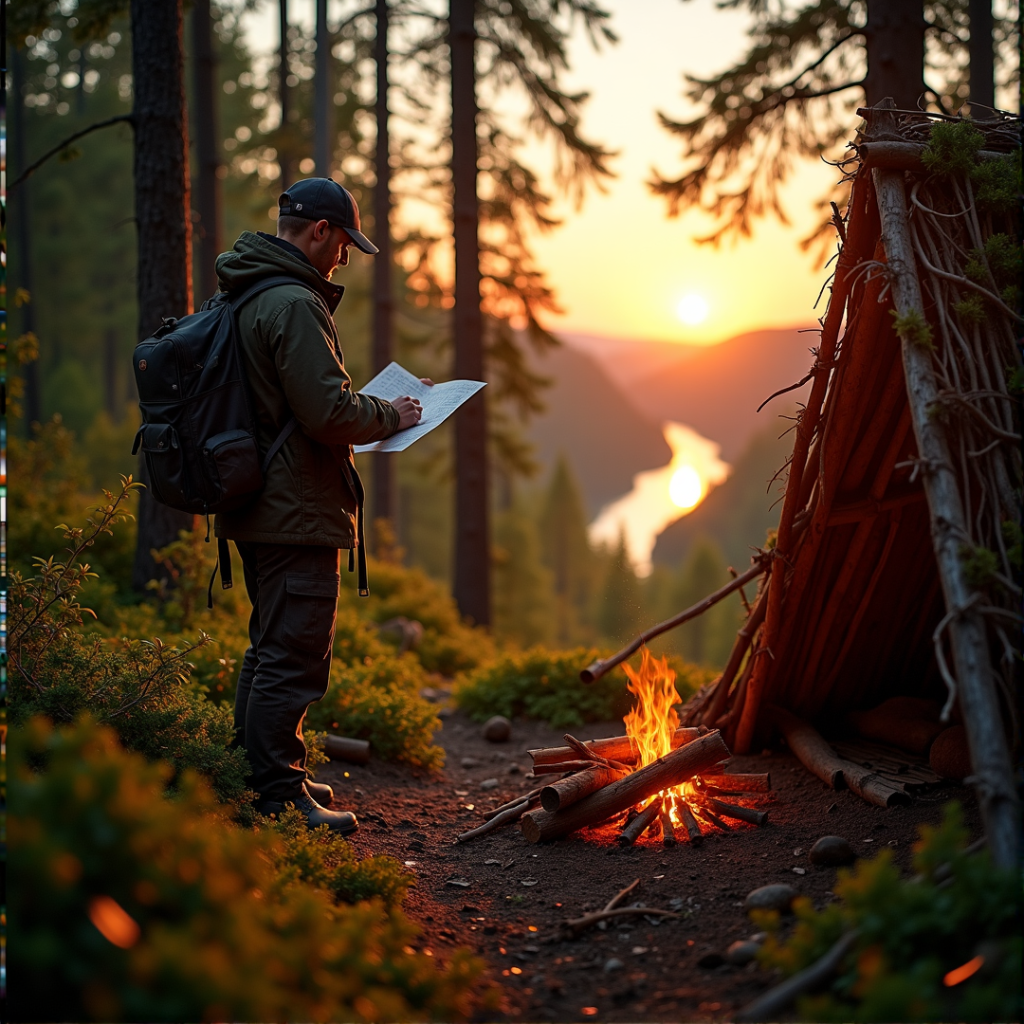
have a question? contacr us!
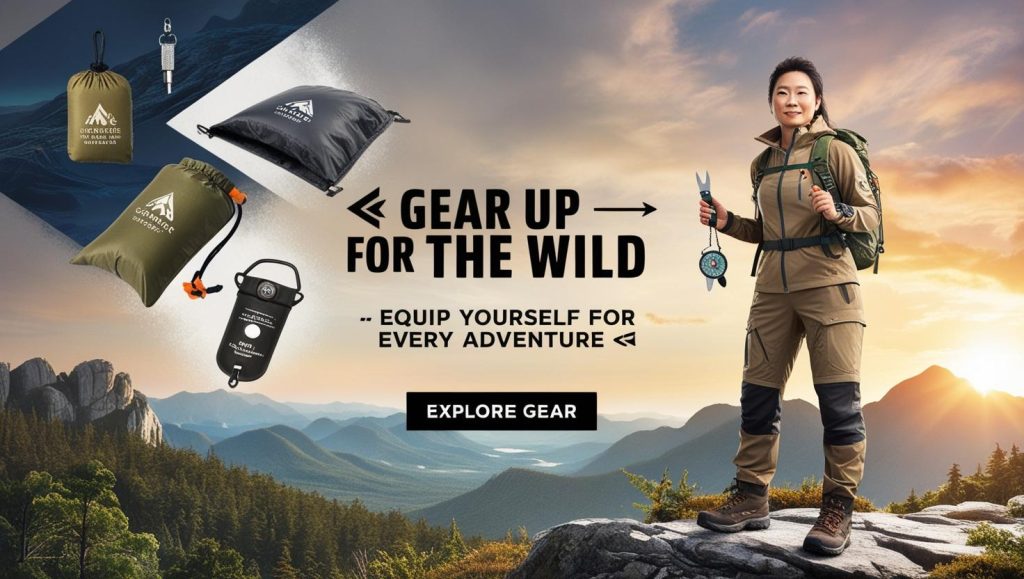
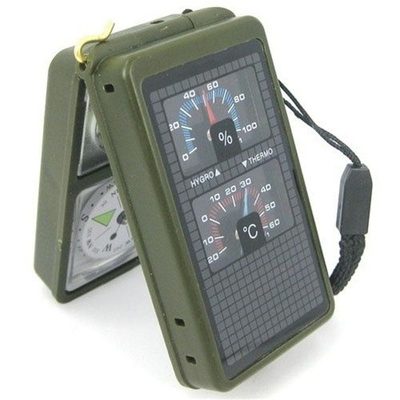 Multifunction 10 in 1 Outdoor Military Camping Hiking Survival Tool Compass SOS Whistle Kit
Multifunction 10 in 1 Outdoor Military Camping Hiking Survival Tool Compass SOS Whistle Kit 